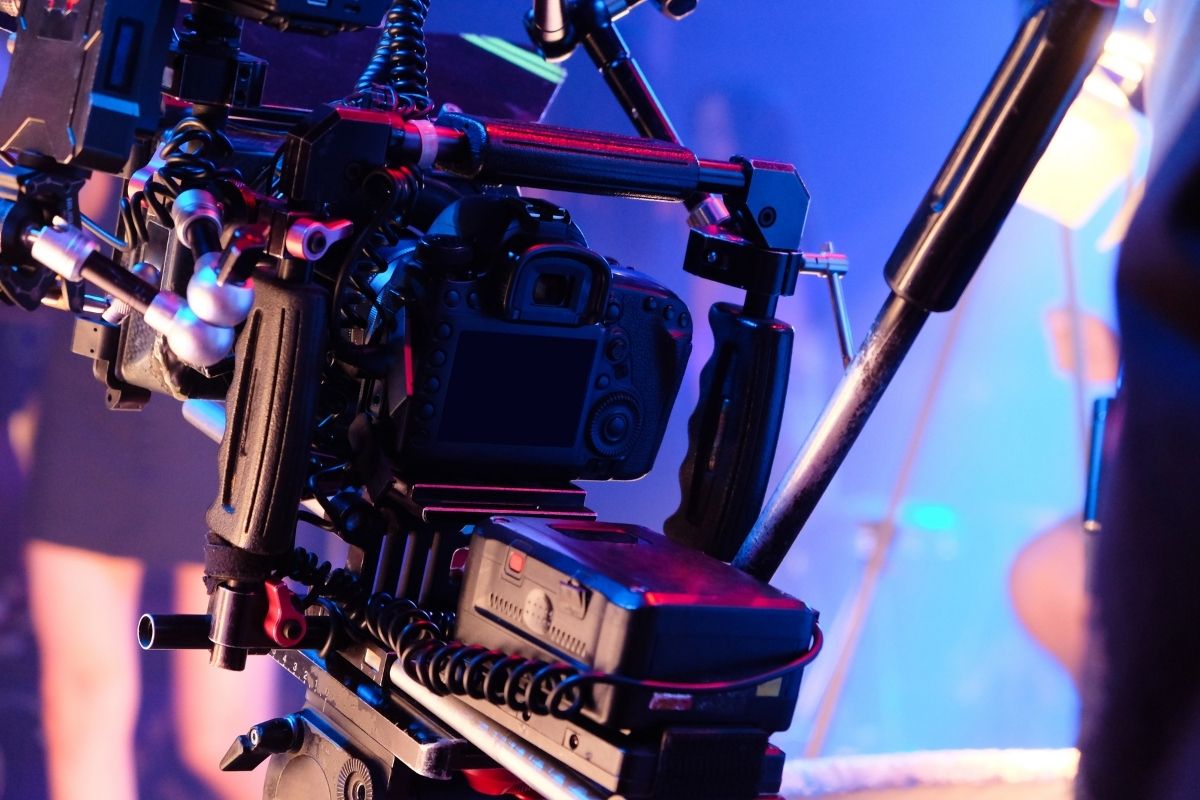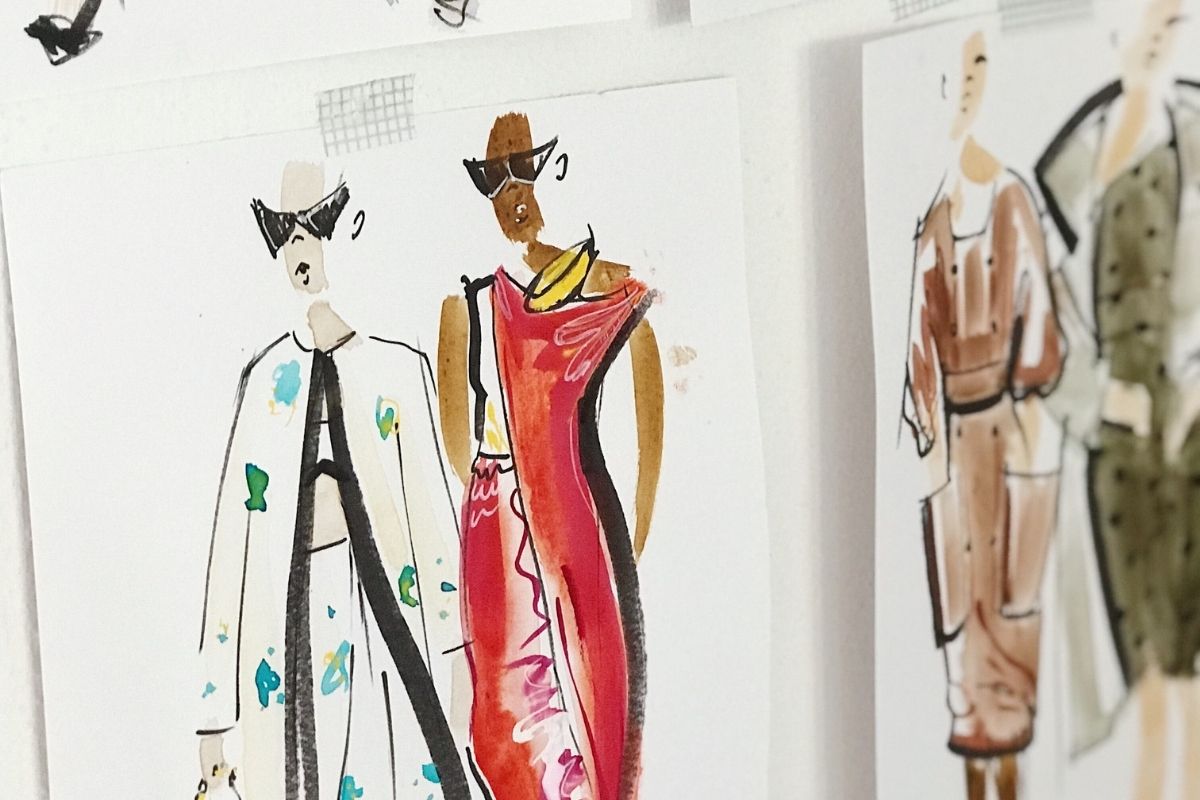Developing the Screenplay: Characters
When anyone makes a film, it’s because they have something that they want to say. But as a writer, as a director in the film industry, you have to make sure that you’re not spoon-feeding that message to the audience. If you do, it won’t land in the same way,” explains Kimberly Aleah.
Digging deep-building realistic characters for authentic storytelling
“So, for me, the thing that I do to make sure I’m not doing that—I start with real characters. I know everything about them. “
“I know where they grew up. I know if they were bad at math in elementary school, how that affects them in their modern life when they’re calculating tips at restaurants.”
“I know where and what day of the week they get their hair done. I know if they quit their first job. I know what their grandmother got them for the last holiday,” says Aleah.
You have to know so much, so many specifics about your characters. Because if you start with real characters, and you put them in real places and let them interact organically, you’ll always end up seeing some of those truths you originally wanted to convey.
“You have to really know them intimately—that makes them real people. Once you have real people, you can put them in real environments. The conversations and events that happen between your characters in these environments are the conflict that drives your story.”
Naturally, if there are things that you wanted to say, you’ve already embedded those different elements in the characters. They’ll naturally present those truths.
Using research to make your characters’ world more believable
“Another technique I use to ensure I’m keeping these characters grounded, and that the story sounds authentic is to do my research. For example, I have this film that is set at a university, it’s about hazing.”
“What other films exist out there like this? What TV shows exist in that ecosystem? What’s been done? Which elements of these characters could be contributed to stereotype? How do I avoid that?
“I think about this especially because when you’re presenting diverse narratives, and characters that historically in the American media landscape have been presented so two-dimensionally—I consider ways I can avoid stereotypes, or tropes. How can my script still present some of the conflicts that those characters are facing—problems, unfortunately, that a lot of people still can relate.
I think about that push and pull. How to universally represent this experience, but also how to let a character exist as an individual.
“A living, breathing person really comes from, you know, writing multiple versions of the script. I really find dialogue is an immensely powerful tool because when you’re writing multiple versions of the script, you begin to hear a character’s unique voice,” Aleah ends.
###



